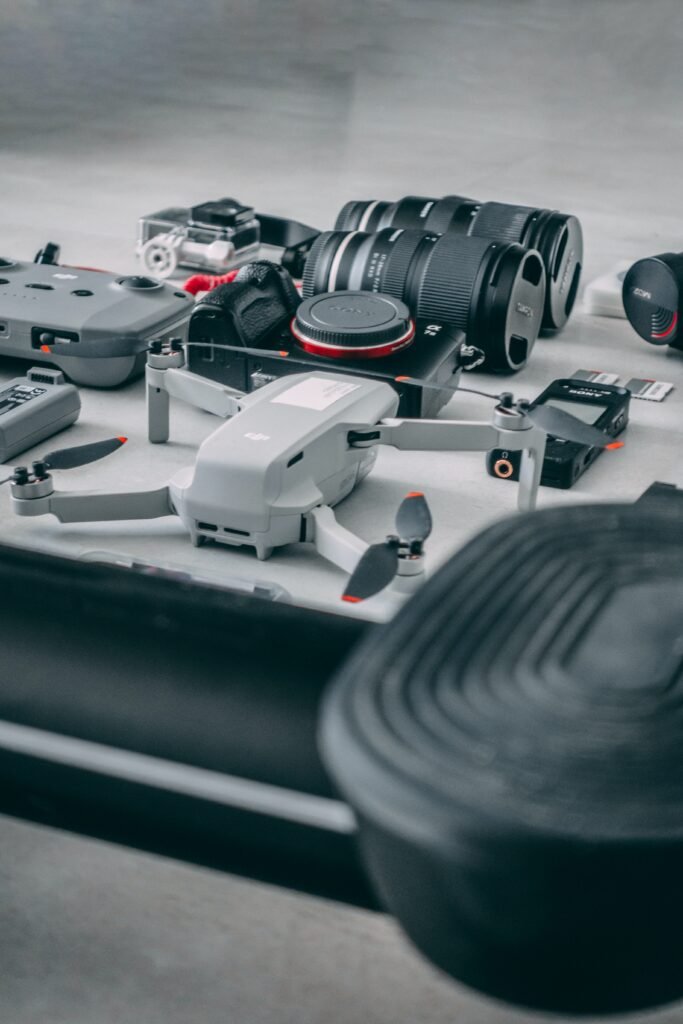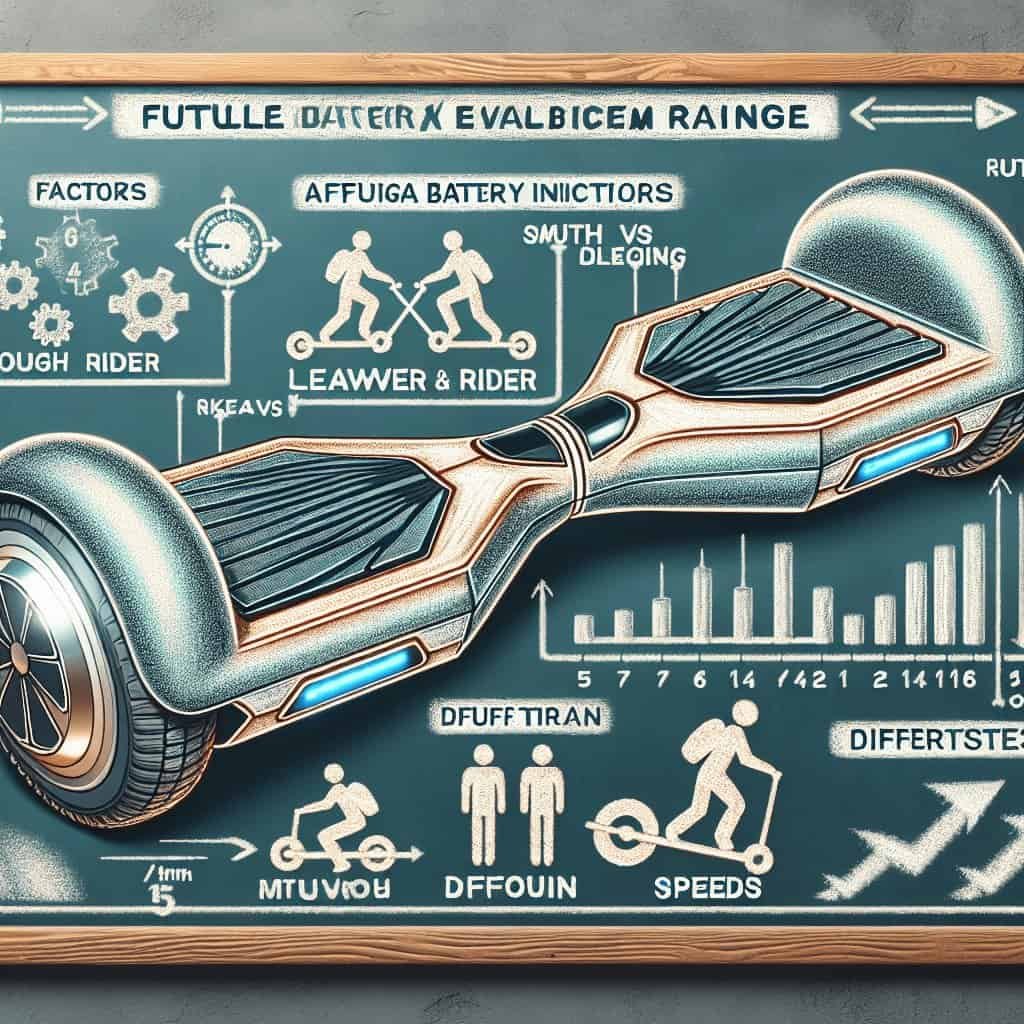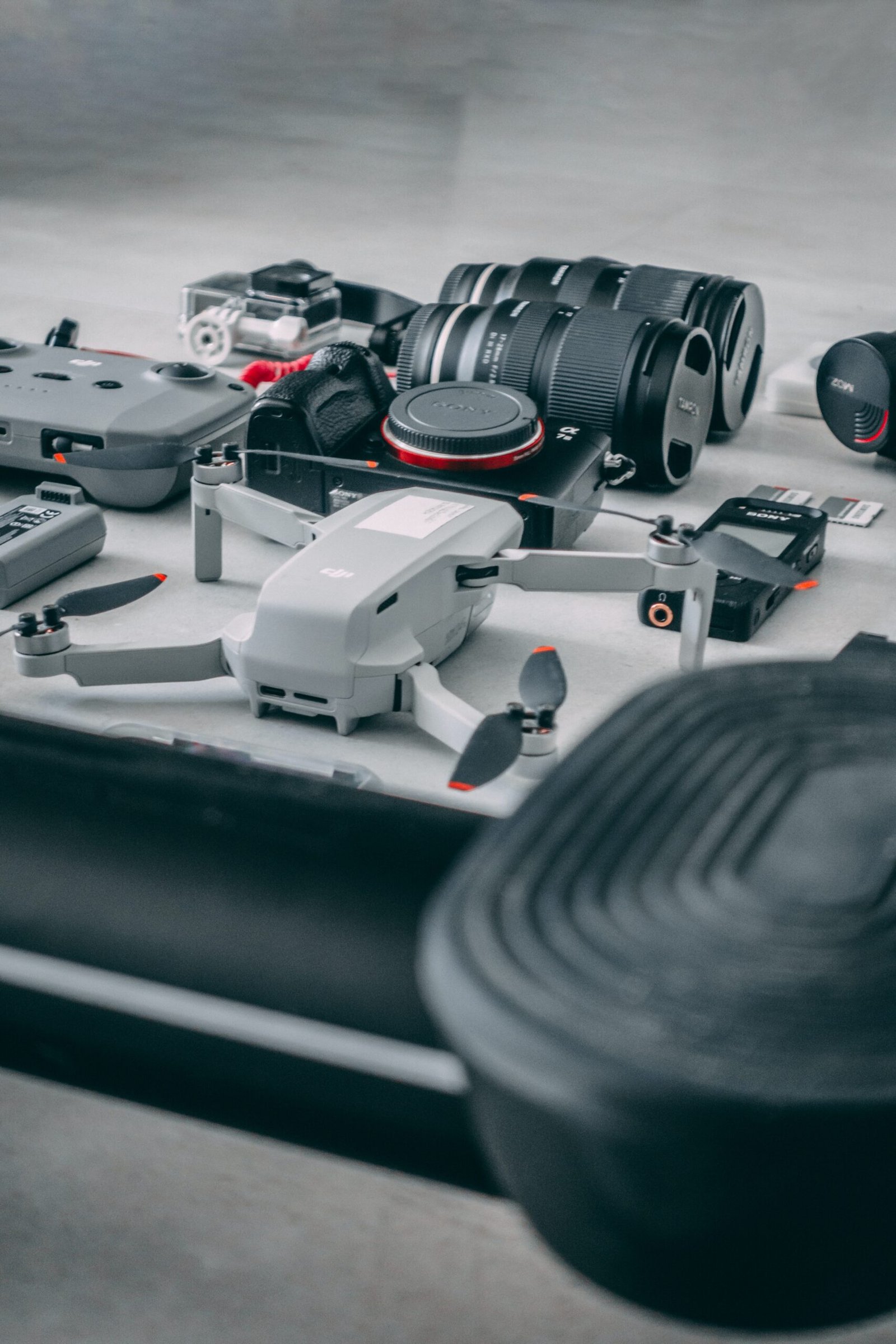Have you ever wondered how far a fully charged hoverboard can take you? Well, look no further! In this article, we will explore the average range of a fully charged hoverboard and provide you with all the information you need to know. Whether you’re a hoverboard enthusiast or just curious about this futuristic mode of transportation, keep reading to discover how far you can go on a single charge.
Factors Affecting Hoverboard Range
When it comes to hoverboards, their range refers to the distance they can travel on a full charge. However, it’s important to understand that several factors can affect the range of a hoverboard. These factors include battery capacity, rider weight, terrain conditions, speed, and temperature. By understanding how each of these factors influences the range, you can make informed decisions when choosing a hoverboard and maximize its performance.
Battery Capacity
One of the primary factors that determine the range of a hoverboard is its battery capacity. Simply put, the higher the battery capacity, the longer the range you can expect. Hoverboards typically come with different battery capacities, usually measured in watt-hours (Wh). The higher the watt-hours, the more energy the battery can store, allowing for a greater range. When shopping for a hoverboard, make sure to consider the battery capacity that aligns with your desired range requirements.
Rider Weight
Another important factor that affects the range of a hoverboard is the weight of the rider. The heavier the rider, the more strain it puts on the hoverboard’s motor and battery. As a result, the range of the hoverboard tends to decrease. To maximize the range, it’s essential to ensure that the rider’s weight falls within the recommended weight limit specified by the hoverboard manufacturer. This will help maintain optimal performance and prevent unnecessary battery drain.
Terrain Conditions
Terrain conditions play a significant role in determining the range of a hoverboard. Hoverboards perform best on smooth and flat surfaces, such as sidewalks or indoor floors. When riding on rough, uneven terrain, such as gravel or grass, the hoverboard may experience increased resistance, which can drain the battery faster and limit the range. If you plan to ride your hoverboard on various terrains, consider opting for an all-terrain hoverboard that is specifically designed to handle different surface conditions.
Speed
The speed at which you ride your hoverboard can impact its range. Generally, riding at higher speeds consumes more power from the battery, resulting in a reduced range. If you want to maximize the range of your hoverboard, it is advisable to maintain a moderate speed rather than constantly pushing it to its top speed. Slowing down and allowing the hoverboard to operate at a more efficient pace can significantly extend its range.
Temperature
Temperature also plays a crucial role in determining the range of a hoverboard. Extreme temperatures, whether hot or cold, can affect the battery’s performance, leading to a decreased range. Cold temperatures, in particular, can cause the battery to drain more quickly. On the other hand, high temperatures can make the battery heat up, which can also impact its performance. It’s important to consider the temperature conditions when planning to ride your hoverboard and make adjustments accordingly to maximize its range.

Types of Hoverboards
Hoverboards come in various types, each designed to cater to specific needs and terrain conditions. Understanding the different types can help you choose a hoverboard that best suits your requirements.
Urban Hoverboards
Urban hoverboards, as the name suggests, are designed for smooth urban environments such as city streets and sidewalks. These hoverboards are typically lightweight and compact, offering maneuverability and agility in crowded areas. Urban hoverboards are ideal for commuting short distances and navigating through urban settings.
Off-Road Hoverboards
Off-road hoverboards are specifically built to tackle rough terrain and uneven surfaces. With larger wheels and enhanced suspension, they can handle gravel, grass, and even dirt paths. These hoverboards offer a smoother and more stable ride in outdoor settings, making them suitable for riders who enjoy exploring off-road trails and parks.
All-Terrain Hoverboards
All-terrain hoverboards, as the name suggests, are built to handle a wide range of surface conditions. They combine the features of urban and off-road hoverboards, offering versatility and adaptability to different terrains. All-terrain hoverboards usually have larger wheels, enhanced motor power, and robust construction, making them suitable for riders who want the freedom to ride on any surface.

Average Range of Hoverboards
The range of hoverboards can vary depending on their type and features. Let’s take a closer look at the average range you can expect from different types of hoverboards.
Urban Hoverboards
Urban hoverboards typically have a range of approximately 10-20 kilometers on a single charge. This range is suitable for short commutes and quick trips around urban areas. If you primarily ride within the city and don’t require a long-range capability, an urban hoverboard can be a suitable choice.
Off-Road Hoverboards
Off-road hoverboards generally offer a slightly lower range than urban hoverboards due to their more substantial build and enhanced capabilities. On average, you can expect an off-road hoverboard to have a range of around 10-15 kilometers on a full charge. This range is still sufficient for riding on rough terrains, allowing you to explore off-road trails and nature spots.
All-Terrain Hoverboards
All-terrain hoverboards provide a balance between urban and off-road hoverboards in terms of range. Depending on the specific model and battery capacity, you can expect an all-terrain hoverboard to offer a range of around 15-25 kilometers. This range provides greater flexibility and freedom, allowing you to ride on a variety of terrains without worrying about frequent recharging.

Tips to Maximize Hoverboard Range
While the range of a hoverboard is influenced by various factors, there are several steps you can take to maximize its performance and achieve the longest possible range.
Choose a Hoverboard with Higher Battery Capacity
When selecting a hoverboard, opt for models with higher battery capacities. A higher battery capacity means more energy storage, translating to a longer range. Look for hoverboards with larger watt-hour ratings, as they are likely to provide a better range compared to lower-capacity options. Investing in a hoverboard with a higher battery capacity will ensure that you can enjoy longer rides without frequent recharging.
Maintain Optimal Rider Weight
To maximize the range of your hoverboard, it’s important to maintain an optimal rider weight. Exceeding the recommended weight limit can strain the motor and battery, resulting in decreased range. Conversely, being significantly lighter than the recommended weight range can also affect the hoverboard’s performance. Make sure to check the manufacturer’s guidelines and ensure that your weight falls within the specified range for optimal performance.
Select Suitable Terrain Routes
To conserve battery power and extend the range, choose suitable terrain routes for your hoverboard adventures. Stick to smooth, flat surfaces whenever possible, as hoverboards perform most efficiently on such terrains. Avoid rough and uneven surfaces that can increase resistance and drain the battery faster. By selecting suitable terrain routes, you can maximize your hoverboard’s range and enjoy a longer and more enjoyable ride.
Control Speed
While it may be tempting to ride your hoverboard at maximum speed, doing so can significantly reduce its range. To maximize the range, try to maintain a moderate speed that is comfortable yet efficient. Constantly pushing the hoverboard to its top speed will consume more energy, leading to a shorter range. By controlling your speed and riding at a more sustainable pace, you can extend the range and make the most out of your hoverboard’s battery life.
Consider Temperature Conditions
Temperature conditions can have a noticeable impact on the range of your hoverboard. In cold weather, the battery may drain faster, reducing the range. Similarly, excessive heat can affect the battery’s performance and also lead to decreased range. Before heading out for a ride, consider the temperature conditions and plan accordingly. If it’s exceptionally cold, you may need to reduce your expected range or take precautions such as keeping the hoverboard indoors prior to riding.
In conclusion, the range of a hoverboard is influenced by various factors, including battery capacity, rider weight, terrain conditions, speed, and temperature. By understanding these factors and considering them when choosing a hoverboard and planning your rides, you can maximize its range and enjoy longer, more fulfilling rides. Remember to select a hoverboard with a suitable battery capacity, maintain an optimal rider weight, choose suitable terrain routes, control your speed, and consider temperature conditions to make the most of your hoverboard’s range. With these tips in mind, you’ll be well-equipped to make the most of your hoverboard adventures. Happy riding!


